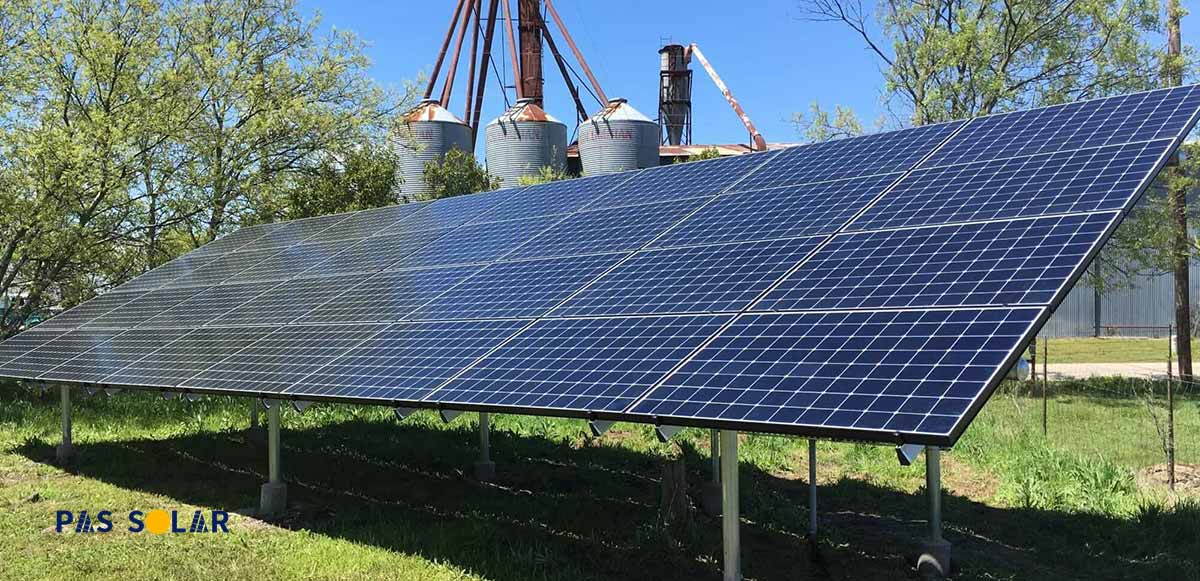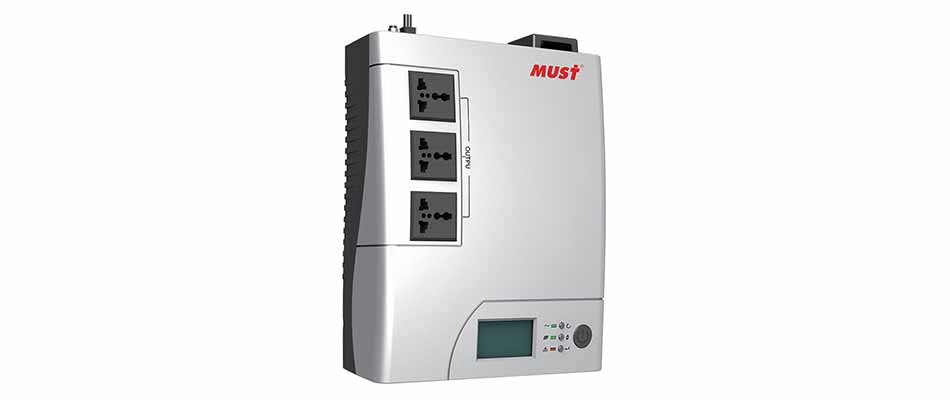Multiple factors affect the solar inverter lifespan. In this article, we take a look at solar inverters. In the first part of our article, we have reviewed the solar panel inverter lifespan, which are pretty tough. In this part, we take a look at residential solar inverters in their various forms, how long they last, and how rugged they are.
The inverter, a device that converts DC power produced by solar panels into usable AC power, can have a few different configurations.
What is the lifespan of a solar inverter?
The two primary types of inverters in home projects are microinverters and string inverters. In certain situations, string inverters come with the Module Level Power Electronics (MLPE) called DC optimizers. Microinverters and DC optimizers are generally used for roofs with suboptimal oriented or shady conditions (not facing south).
The technology ensures that each panel produces its maximum capacity in real-time and is not limited to the weakest link in the chain. String inverters are subject to the “Christmas light” effect, where if one panel is down or shaded, the rest of the daisy-chained panels will be limited to that panel’s output level.
Some string inverters are equipped with a bypass diode, a technology that completely prevents the “Christmas light” effect, which can shorten the solar inverter lifespan.
In applications where the roof has a preferable azimuth (facing the sun) and few or no shading issues, a string inverter may be a good solution.
In a string inverter, there is usually less complicated wiring and a centralized location for easier repairs by solar technicians. They are generally less expensive and have a longer solar pv inverter lifespan. He said inverters can typically cost 10-20% of the total solar panel installation, so choosing the right one is important.
How long do they last?
While solar panels can last 25 to 30 years or more, inverters generally have a shorter life because the components age more quickly. A common source of inverter failure is the electromechanical wear of the capacitor in the inverter. Electrolyte capacitors have a shorter solar inverter lifespan and age faster than dry components, Solar Harmonics said.
A typical centralized residential string inverter will last 10 to 15 years and therefore will need to be replaced at some point during the life of the panels.
String inverters generally have standard warranties ranging from 5 to 10 years, many with the option to extend to 20 years. Some solar contracts include free maintenance and monitoring throughout the contract term, so it is wise to consider this when selecting inverters.
Microinverters have a longer solar inverter lifespan, our solar inverter suppliers in Dubai can often last 25 years, almost as long as their panel counterparts. These inverters usually come with a standard 20-25 year warranty included. It should be noted that while microinverters do have a long warranty, they are still a relatively new technology of the last ten years, and it remains to be seen whether the equipment will deliver on its 20+ year promise.
The same goes for DC optimizers, which are typically combined with a centralized string inverter. These components last 20 to 25 years and come with a warranty to match that period.
Failures
A kWh Analytics study found that 80% of solar panel failures occur at the inverter level. There are numerous causes for this. But some brands, like the Longi, have minimized these failures. You can find the latest Longi solar panels price on our website.
According to Fallon Solutions, one cause is network failures. High or low voltage due to grid faults can cause the inverter to stop working and can affect the solar inverter lifespan, and circuit breakers or fuses can be tripped to protect the inverter from high-voltage faults.
Sometimes failure can occur at the MLPE level, where power optimizer components are exposed to higher roof temperatures. If you notice a reduction in power production, it could be a fault in the MLPE.
The installation must also be successful. As a general rule of thumb, we recommend that solar panel capacity be up to 133% of the inverter capacity. If the panels are not matched correctly with the correct size inverter, they will not work efficiently and the solar panels’ inverter life expectancy will suffer. For more technical information, make sure you consult a solar panel suppliers in UAE.
Maintenance
To keep an inverter running more efficiently and increase the solar inverter lifespan, Pas Solar recommends choosing a cool, dry location with plenty of fresh, circulating air. They also suggested avoiding installation in areas with direct sunlight, although specific brands of outdoor inverters are designed to withstand more sunlight than others. And, in multi-inverter installations, it is important to ensure that there is adequate clearance between each inverter so that there is no heat transfer between the inverters.
It’s good practice to inspect the exterior of the inverter (if it’s accessible) every quarter, making sure there are no physical signs of damage, and that all vents and cooling fins are free of dirt and dust. This will ensure the solar inverter reliability.
It is also recommended to schedule an inspection through a licensed solar installer every five years to lengthen the solar inverter lifetime. These standups typically cost between $200 and $300, although some solar contracts have free maintenance and monitoring for 20 to 25 years. The inspector should check the inner parts of the inverter for signs of damage, corrosion, or pests during the inspection.
We hope you have learned how long the average solar inverter lifespan can be and can find a solar inverter that can work for you for a long time. You can call us to know more about On Grid Solar Inverter supplier Dubai.





